This post is also available in: German
What is product development?
Product development is the driving force of any product-driven company. From conception, to design and ultimately execution, a great new product helps you stay one step ahead of the competition, capture new markets and drive profits.
However, new product development is not a simple process. With multiple stakeholders involved throughout the process, it can quickly get messy. Following a clear, systematic approach will help maintain control and efficiency, creating less friction along the way.
To help you structure your ideas and create a clear, strategic overview, we’ve created templates for each step of the new product development process.
What is an example of new product development?
Apple inventing the iPhone is an example of new product development. Nike’s new Go FlyEase shoes that can be put on without using your hands is another example of new product development.
What are the 7 stages of product development?
To help you navigate this complexity, it helps to break the product development process up into seven stages. The seven stages are:
- Concept/Ideate – Generate new ideas
- Feasibility study and design planning – Making the right choices
- Design & development – Building the vision
- Testing & verification – Prototype, iterate, rinse, repeat
- Validation & produce collateral, validate against customer needs
- Manufacture/launch – Building your product
- Continuous improvement – Feedback and review
7 free Product Development templates
To help you navigate each stage, our free templates will help you focus on the big picture, visually organize your ideas and work collaboratively with your team. They are perfect for teams following Agile methodologies, or models such as Waterfall or the Stage-gate process.
And of course, as they are all available on our collaborative online whiteboard, they are suitable for remote or distributed teams.
So let’s take a look at the seven product development stages and corresponding templates.
1. Concept/Ideate – Generate new ideas
The product development process begins with extensive ideation brainstorming sessions. This stage involves all stakeholders and participants engaging in ‘Blue sky thinking’- brainstorming without limits! The objective of this stage is to spark inspiration.
Given the sheer volume of ideas generated, it is important to have the right tools to facilitate this. The Crazy 8s template is an excellent technique to produce a wide range of diverse ideas from the whole team. Give each team member eight minutes to sketch out eight ideas on a Crazy Eights template.
The frenzy that follows can produce some pretty wild, unfiltered ideas, and one of them might just be your new product. Simply click on the image below to use the template now.
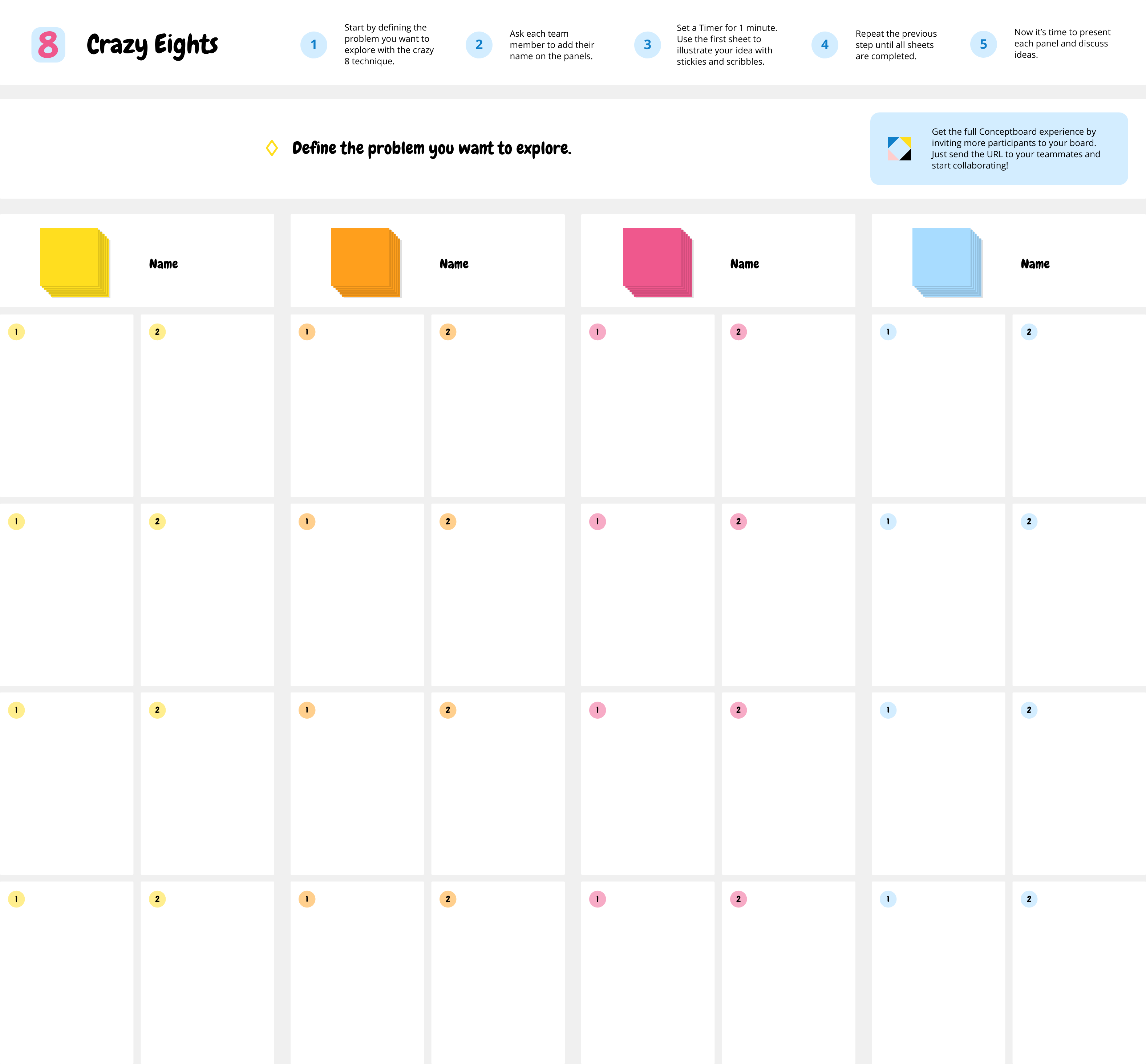
2. Feasibility study and design planning – Making the right choices
After extensive brainstorming and idea generation, product managers look for actionable insights that can translate into products and features. This stage in the product development process is perhaps most critical to the product’s long-term success.
The sheer volume of ideas generated can be overwhelming for product managers, so how do you choose the right product that matches the set goals?
This simple Priority Matrix template helps prioritize from within a list of possible product ideas and organizes them in a convenient matrix. Prioritize products with greater product/market fit and shelve low-priority ideas with this simple yet powerful tool.
Simply click on the image below to use the template now.
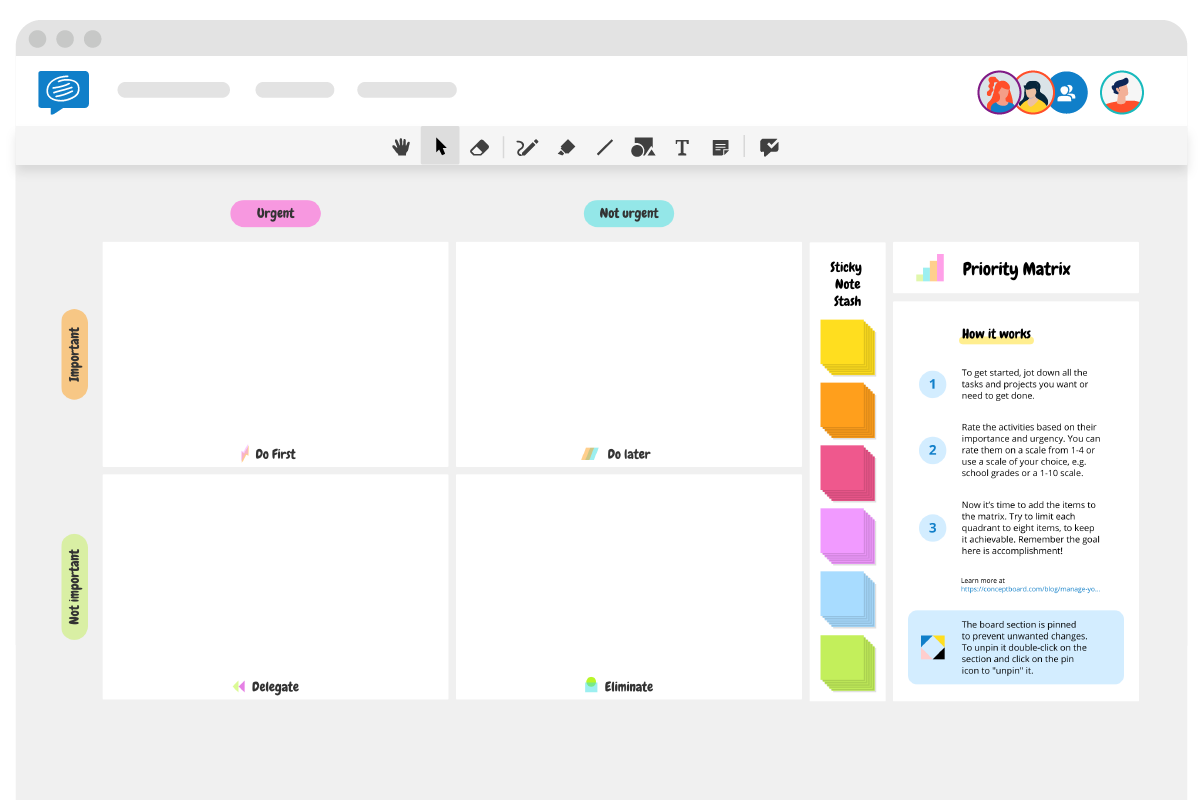
3. Design & development – Building the vision
Envisioning the purpose of a product, the intention behind creating it and how customers will use it prior to building it will ensure everyone starts off in the right direction.
The Product Vision Board is a simple template that focuses on five key components of the desired product: The overarching vision for the product, the Target Audience, why their needs, the key functions of the product and how it achieves the business goals.
By completing this before, you get too far down the process, you will ensure you are designing a product with customers in mind. Simply click on the image below to use the template now.
4. Testing & verification – Prototype, iterate, rinse, repeat
Now it’s time to put your hard work to the test. Take the prototype to your customers and collect their feedback to identify any possible issues or roadblocks. Whether it’s a new website, or a new piece of technology, it’s important to show, not tell.
By putting it to the test in, you can gather real feedback. Don’t be afraid of feedback, both positive and negative, will help you continually refine your product.
A useful template to compile the feedback of each test phase is the Retrospective canvas. It prompts you to answer: What went well? What was bad? Further ideas? Possible actions?
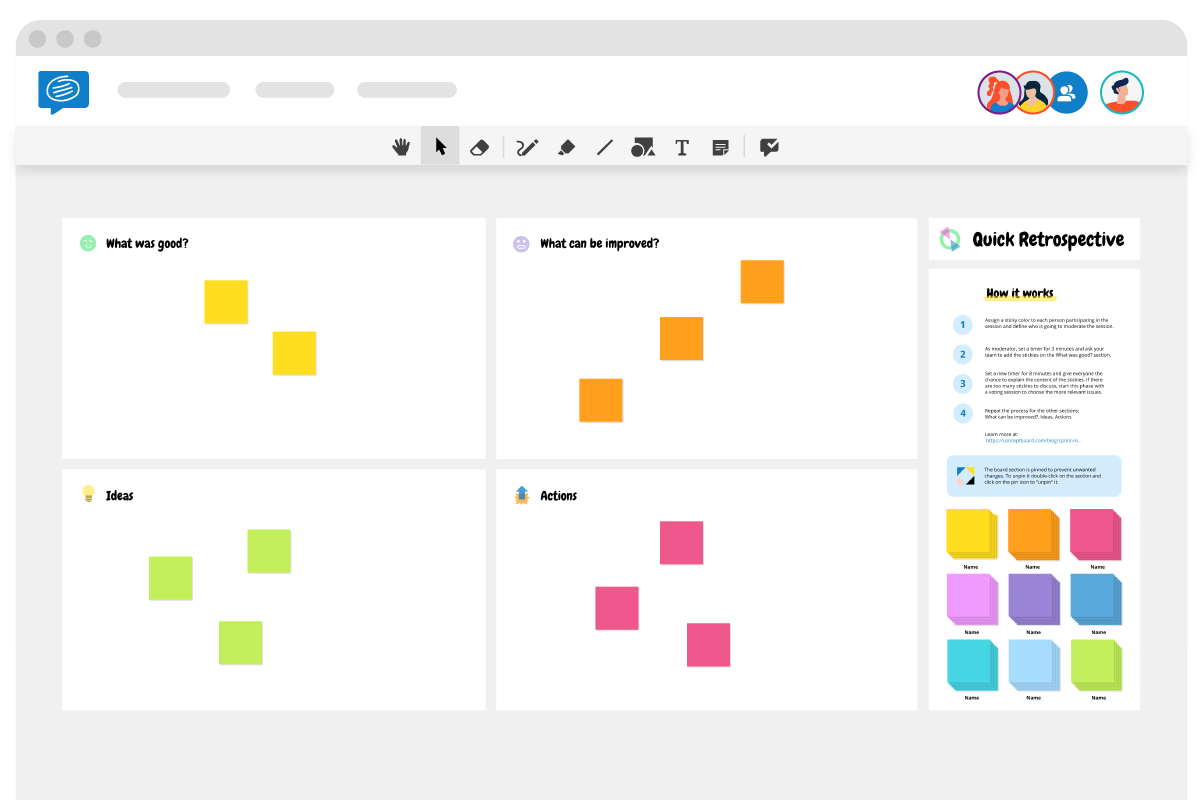
5. Validation & collateral production
User panels help you better understand product-market fit and make last-minute tweaks to the product. A customer journey map not only captures feedback during test panels, but also helps you garner a deeper understanding of your customer’s motivations, needs and pain points.
Use this opportunity to understand preferred touchpoints and refine the go-to-market strategy for the product launch. Simply click on the image below to use the template now.
6. Manufacture/Launch – Building your product
Now that all stakeholders are aligned on the project milestones and responsibilities have been assigned, it’s time to get down to business! It falls to the Product Manager to ensure all deliverables adhere to projected timelines.
The sheer number of moving parts in this stage can make it a project management nightmare. The Product Management Canvas is a product manager’s best friend. Designed to act as a checklist when undertaking product planning, but it’s also the perfect tool to capture the current state of an evolving product, especially when multiple departments are involved.
Simply click on the image below to use the template now.

7. Continuous improvement – Feedback and review
While we’ve outlined the important stages in the product development process, the process itself is by no means linear. Constant user feedback and analysis of usage data should feed into the development at every stage. This is especially true post-launch. Once the product has been launched, it is time to revisit the process and understand opportunities for future optimization.
While it is important to recognize and acknowledge what went right, it is equally important to understand and analyze what went wrong.
The Lessons Learned template is one of our most popular retrospective templates to capture feedback. It promotes positivity as it places equal emphasis on documenting the failures as well as the wins, so they can be replicated for future projects. Alternatively, check out one of our other popular retrospective templates here.
Simply click on the image below to use the template now.
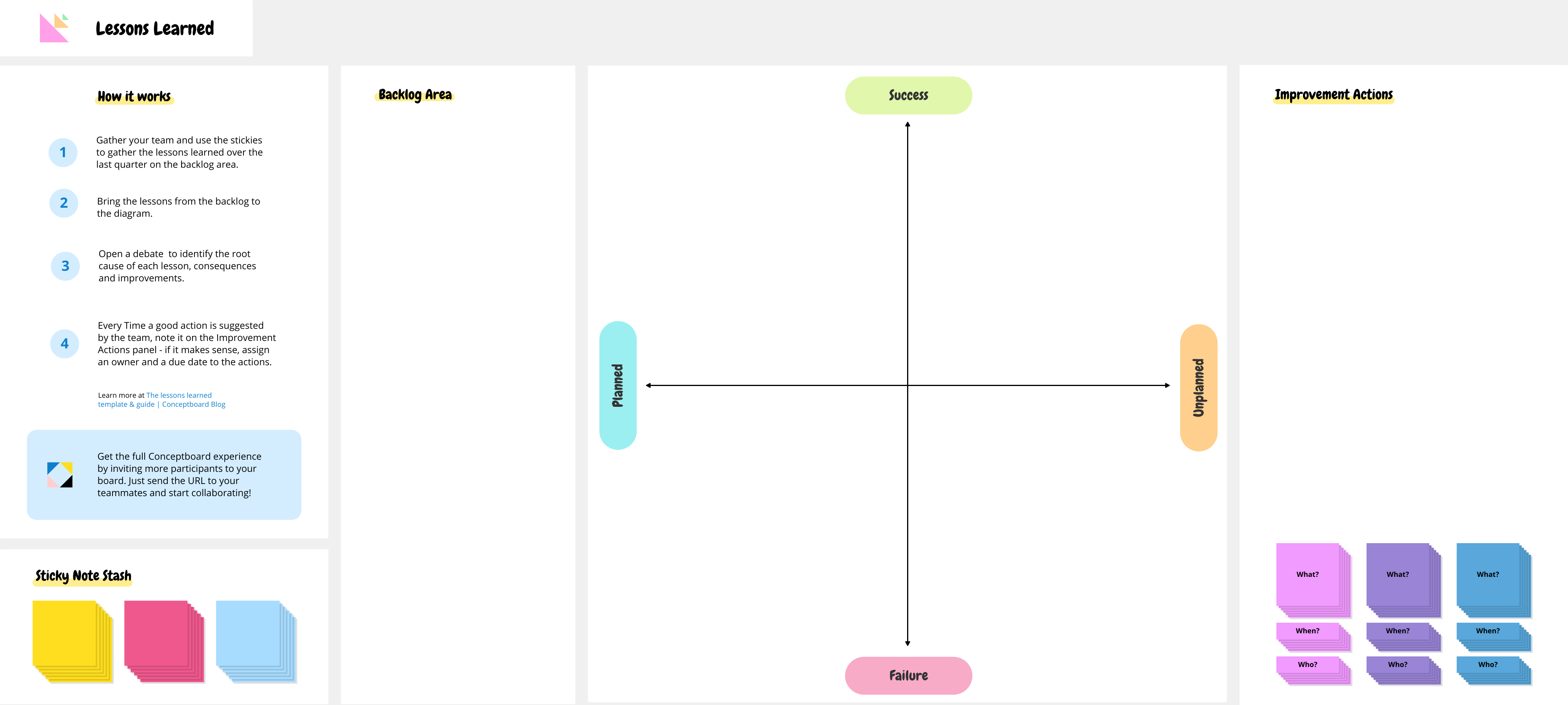
The templates outlined are extremely useful in the product development process as a means of organizing, prioritizing and presenting complex information. Feel free to explore our entire template library to see what other templates can help you, or read some of our recent articles:
- 11 best retrospective templates for sprint & project retrospectives
- 15 brainstorming techniques & templates for 2023
- 3 collaborative product roadmap templates that drive agile principles
- 9 virtual icebreaker games for remote teams & meetings
Conceptboard is an online-whiteboard that helps you collaborate visually and seamlessly with your team, regardless of location. Discover how to simplify your product development workstream on a daily basis using Conceptboard here.
Give Conceptboard a try by signing up for a free 30 day trial now.


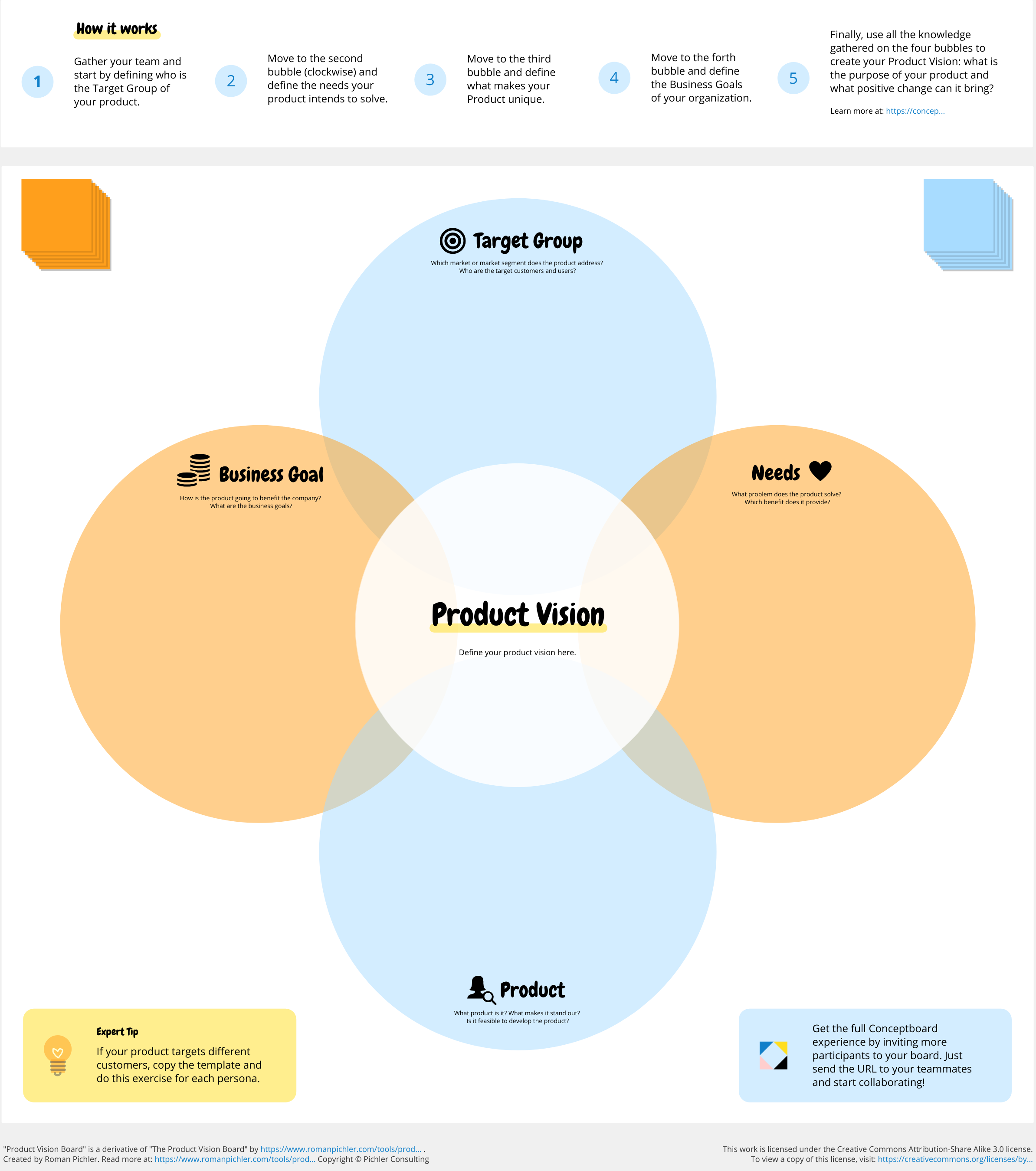


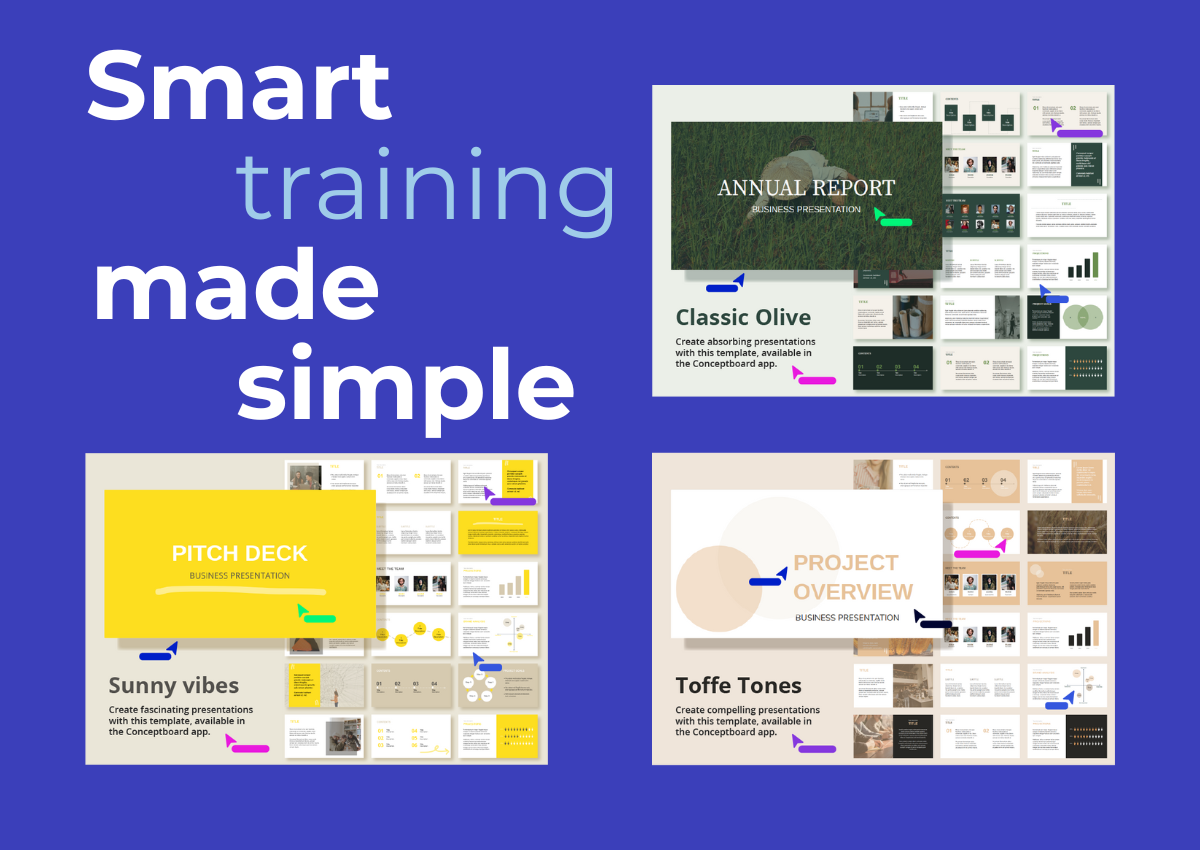
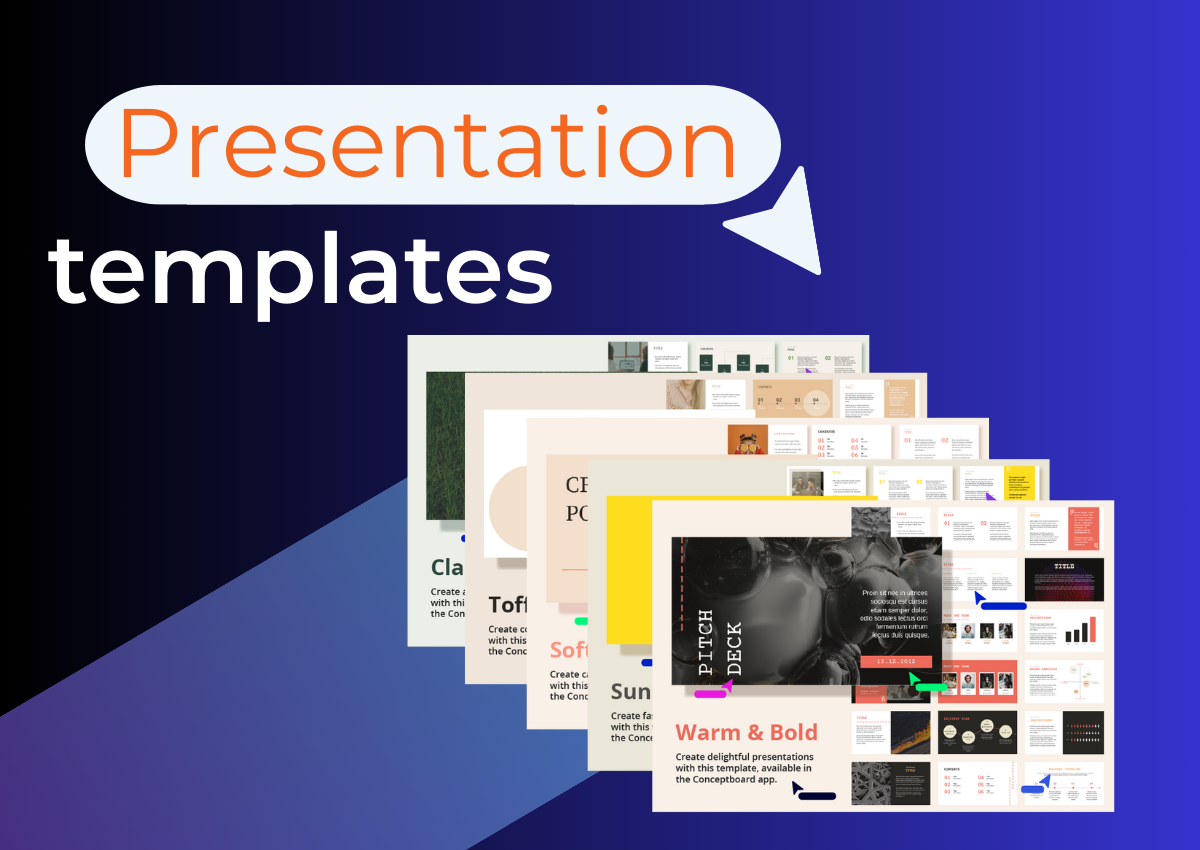
11 Comments. Leave new
This was a very meaningful post, so informative and encouraging information, Thank you for this post.
on demand home service app development
I was very pleased to find this web-site.I wanted to thanks for your time for this wonderful read!!
The more we read the more we learn and blogs are the most efficient ways in today’s time to enhance your learning. They are short and yet provide brief details on the topic. Amazing blog written.
Totally agree with you. Thanks for your comment, we are happy you like it and are working hard to provide you with more blog articles that offer real value :)
Well Explained blog
Happy that you liked it!
Your blog got me to learn a lot,thanks for sharing,nice article
Thanks for the good blog
Good and informative blog
What an invaluable resource for product development teams! These templates are a game-changer at every stage of the process. Thanks for sharing these ultimate tools that streamline and elevate product development. Let’s create exceptional products together!
Glad you found the templates helpful! Collaboration makes exceptional products happen—happy innovating! ????